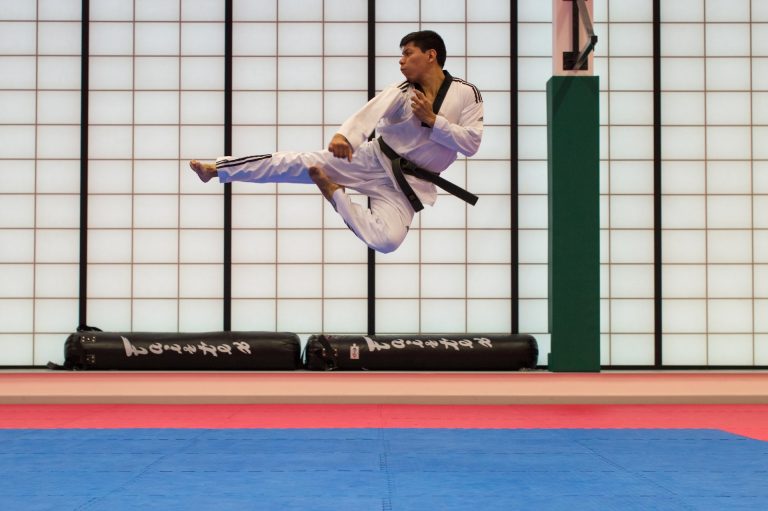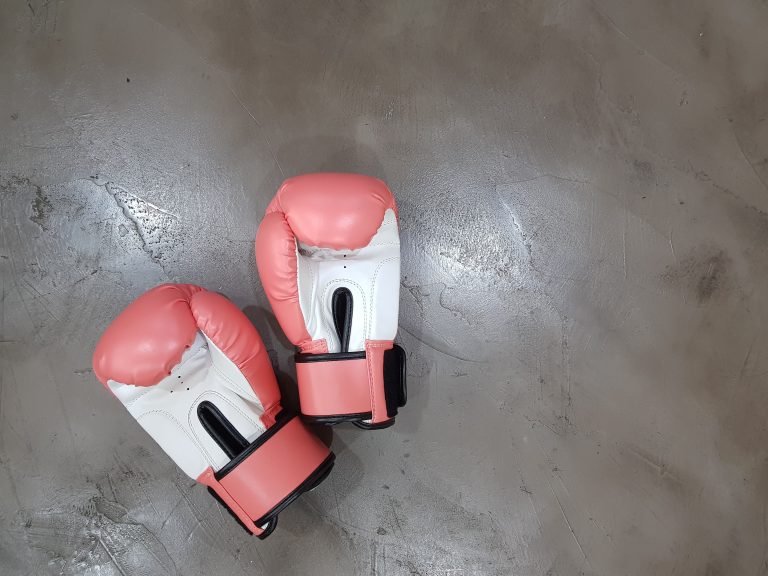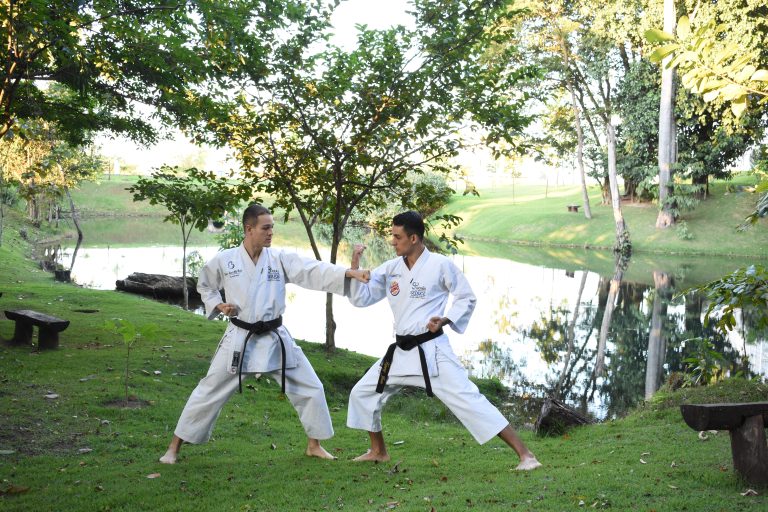How Do Karate Belts Work?
Karate is a traditional martial art that originated in Okinawa, Japan. It is a highly respected and disciplined art form that requires its practitioners to spend years training and practicing. A key element of karate is the use of colored belts to indicate a practitioner’s level of proficiency. These belts are as much a part of the karate tradition as the art form itself. In this post, we will delve deeper into how karate belts work, their various colors, and what they symbolize.
The Purpose of Karate Belts
Belts play a critical role in the karate training process. They are used to identify a practitioner’s level of skill and experience. The higher the belt, the more advanced the practitioner. However, belts do not only signify a practitioner’s technical ability but also their commitment to the art form. Karate belts are earned through hard work, dedication, and patience.
Each belt has its own requirements that must be met before it can be earned. These requirements typically include proficiency in basic techniques like punches and kicks, knowledge of the fundamental movements, and mastery of Kata, which are specific prearranged forms that simulate self-defense techniques. As a practitioner progresses through the different levels, they will learn more advanced techniques and focus on perfecting their movements.
The Different Colors of Karate Belts
Karate belts come in different colors, each of which represents a specific level of proficiency. Here is a breakdown of the various belt colors in karate:
– White Belt: The white belt is the starting point of the karate journey. It symbolizes a complete novice with no prior experience in the art form.
– Yellow Belt: The yellow belt signifies the first step towards becoming a competent karate practitioner. At this level, practitioners develop a better understanding of basic techniques and movements.
– Orange Belt: The orange belt represents a deeper understanding of the fundamentals of karate. Practitioners at this level will have a solid foundation in basic techniques, movements, and body mechanics.
– Green Belt: The green belt is a significant milestone in the karate journey. At this level, practitioners start to master the basics and move towards more complex techniques.
– Blue Belt: The blue belt represents a major step towards becoming an advanced karate practitioner. Practitioners at this level develop a deeper understanding of movement and technique.
– Brown Belt: The brown belt is a significant achievement in the karate journey. Practitioners at this level are considered advanced and have mastered most of the fundamental techniques of karate.
– Black Belt: The black belt is the highest belt in karate and represents mastery of the art form. Practitioners at this level have exceptional skills and knowledge of the art form, and have devoted years of their life to the art form.
Understanding the Karate Belt System: Commonly Asked Questions
Karate is a martial art that has gained immense popularity over the years, with millions of practitioners all around the world. One of the most striking features of karate, and other martial arts as well, is the belt system that signifies the progression of practitioners through various levels of proficiency. If you are a beginner in karate, you may have many questions regarding how the belt system works. In this blog post, we will answer some of the most commonly asked questions about karate belts to help you understand how the belt system works.
What is the karate belt system?
The karate belt system is a ranking system that represents the progression of a student from a beginner to a master. The system includes different colored belts, and each color signifies a particular level of proficiency. The belt colors range from white, which is the starting level, to black, which indicates mastery. The different ranking levels represent the different stages of the journey towards mastering karate, and as students progress through the system, they earn higher belts.
What are the different colors of karate belts?
The karate belt system is made up of many different colors, with each color symbolizing a specific level of proficiency. The most common karate belt colors are:
- White
- Yellow
- Orange
- Green
- Blue
- Purple
- Brown
- Black
How does one progress through the karate belt system?
To progress through the karate belt system, one must attend classes and train regularly. Instructors evaluate the students based on their performance in various karate techniques such as kicks, punches, blocks, and katas. Students must demonstrate proficiency in each level before they advance to the next. Additionally, students must also show an understanding of the principles and philosophy of karate.
How long does it take to get a black belt in karate?
The time it takes to earn a black belt in karate varies depending on the student’s dedication, natural ability, and the specific karate school’s requirements. On average, it takes between 3 to 5 years to earn a black belt in karate, however, some schools may have a minimum of 4 years. However, achieving a black belt is not the end of the journey, as there are higher dan levels of black belts, each of which requires even more dedication, skill, and time.
What are the benefits of the karate belt system?
The karate belt system comes with many benefits. It provides a clear path for students to follow, creating a sense of direction and purpose. The ranking system motivates students to set goals and work hard towards achieving them. Students also get a sense of accomplishment as they progress through the system and earn higher belts. These benefits help build a student’s confidence and self-esteem, leading to better mental and physical health.
What should one consider when choosing a karate school?
When choosing a karate school, it is essential to consider some factors. One of the most important factors is the quality of the instructors. Look for schools with experienced instructors and qualified black belts. Another essential factor is the school’s culture and philosophy. Choose a school that aligns with your personal goals and values. Lastly, consider the class schedules and location, so you can ensure it is convenient for you to attend.
How Do Karate Belts Work?
If you’re interested in karate, you may have noticed that practitioners wear differently colored belts. You may have even wondered what those belt colors represent. Karate belts can symbolize different ranks, levels of experience, and levels of skill. This guide will answer all your questions about karate belts and provide a detailed description of how they work.
What are the Different Belt Colors in Karate?
Most karate schools follow a color-coded system where the student starts with a white belt and progresses to a higher color as they gain experience and proficiency. Below is a list of the most common karate belt colors, beginning with the lowest ranking color:
- White Belt
- Yellow Belt
- Orange Belt
- Green Belt
- Blue Belt
- Purple Belt
- Brown Belt
- Black Belt
While this is standard in most karate schools, the specific ranking system or colors may vary from school to school.
What Do the Belt Colors Represent?
Each belt color in karate represents a different level of experience and proficiency. Here is a general overview of what each color typically represents:
- White Belt: Beginners start with the white belt. It represents the beginning of their journey and their innocence. The white belt symbolizes the beginning of the student’s journey to learn karate and the journey to higher belts.
- Yellow Belt: Earning a yellow belt in karate means that the student has completed the first stage of basic training. It represents the sun, which gives the yellow color. The student has started to develop a deeper understanding of karate.
- Orange Belt: The orange belt symbolizes the wearer’s growth in their training. Students at this level will have a more in-depth understanding of karate, its basic principles and techniques, and be more serious about their training.
- Green Belt: The green belt represents a deeper understanding of complex techniques and principles of karate. They are beginning to master the basics and understand the patterns of movement that make up the karate katas.
- Blue Belt: At this level, the student has demonstrated a mastery of the fundamentals of karate, such as stances, kicks, and punches. The blue color represents the sky, which symbolizes the student reaching new heights and realizing their potential.
- Purple Belt: The purple belt signifies a higher level of expertise and mastery of the techniques and principles of karate. Students at this level are beginning to focus their training and develop their own style of karate.
- Brown Belt: The brown belt indicates the wearer’s mastery of the essential techniques and principles of karate. Students at this level are known as experts in their dojo and represent the highest level of non-black belt ranks.
- Black Belt: The black belt is the highest belt rank in most karate systems. It represents the mastery of all techniques and principles of the art of karate. It is a symbol of achievement and a sign that the wearer has devoted years of hard work, dedication, and commitment to their training.
How Do You Progress Through the Belt System?
The process of progressing through the belting system in karate can be different from dojo to dojo. However, most karate schools use a similar approach to determine a student’s progress through the belt system.
Firstly, a student must train consistently and demonstrate that they have mastered the basic techniques required for each belt level. This is determined by a karate instructor who will evaluate the student’s proficiency in these basic techniques during belt promotion testing.
At most dojos, karate belts are earned through testing. Testing includes a demonstration of all techniques relevant to that belt rank, including the katas or patterns, which are specific sequences of movements that are used to teach the basic principles of karate.
Conclusion
Karate belts have become an essential part of the culture of this martial art, and they symbolize the different levels of proficiency of its practitioners. Each color represents a unique level of understanding and skill, which takes years of hard work, dedication, and discipline to achieve.
By working their way up the ranking system, karate students learn new skills, techniques, and principles that help them better understand the art of karate. Through consistent training, discipline, and hard work, it is possible to work your way up to the coveted black belt rank and achieve mastery in the art of karate.
Inhaltsverzeichnis






